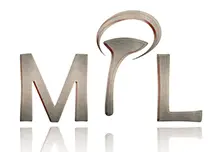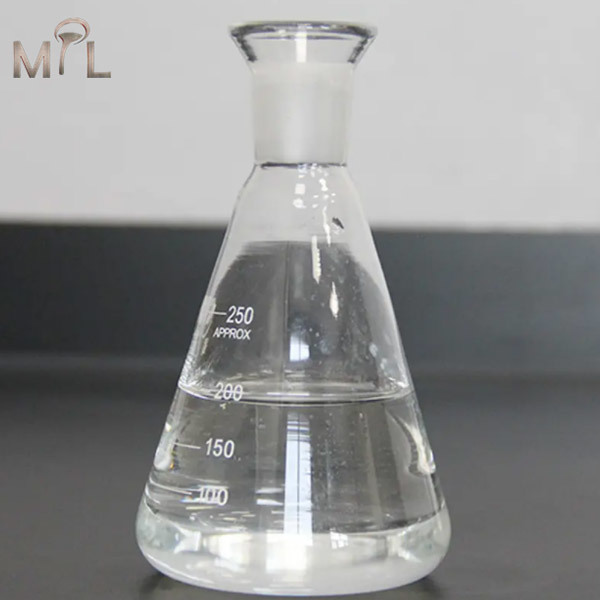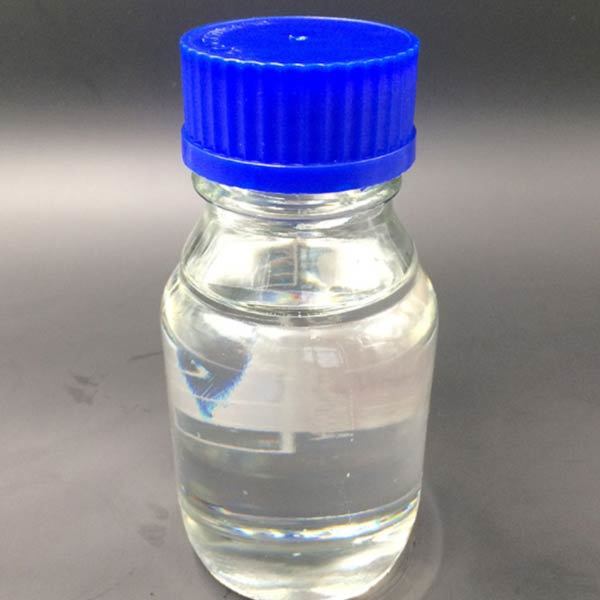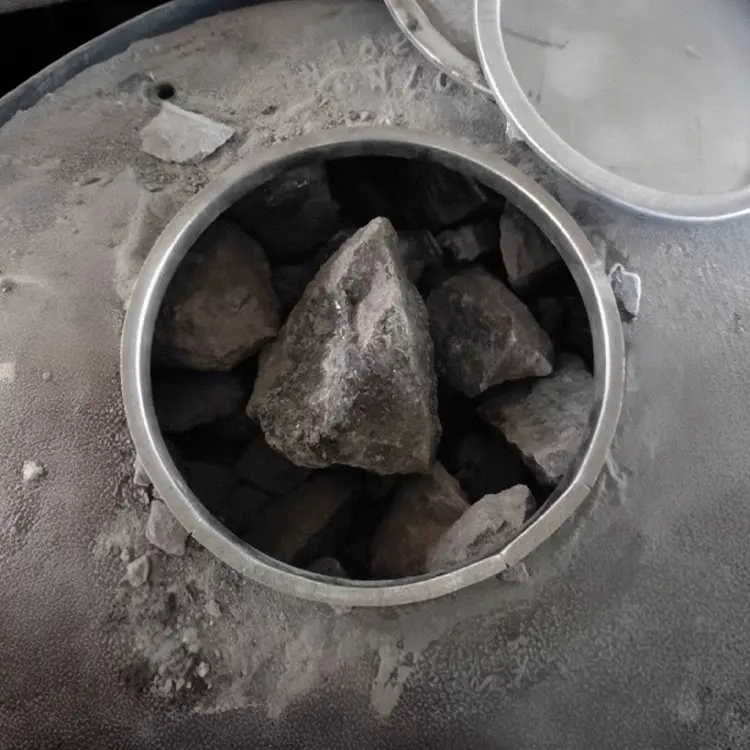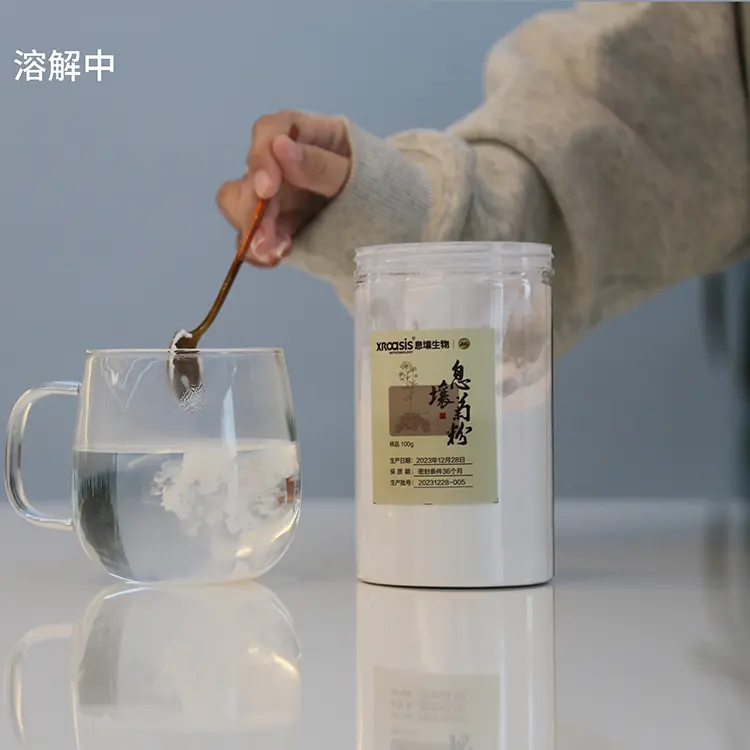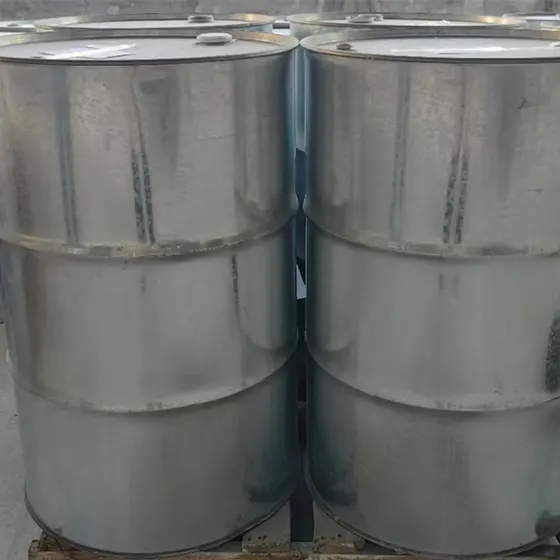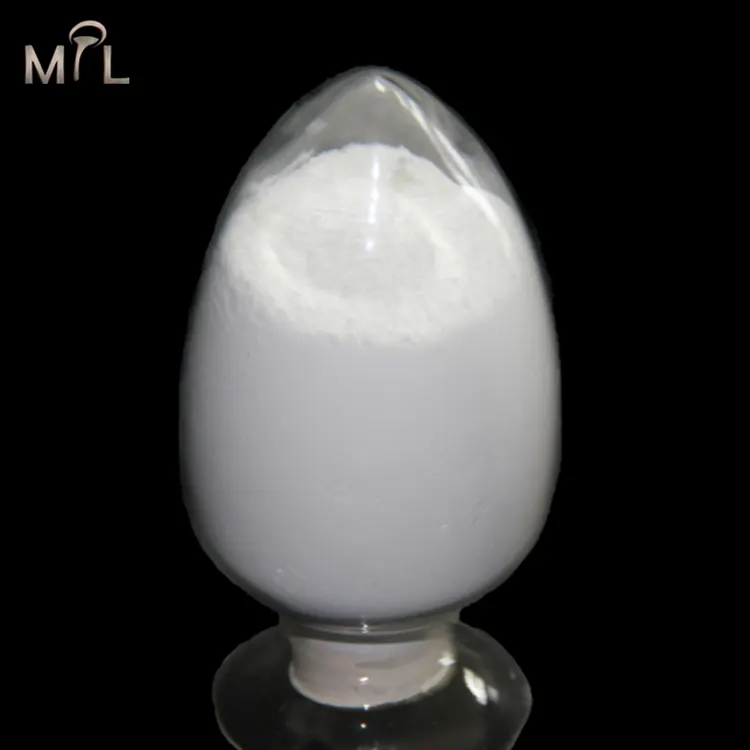
Fertilizer ingredients
Release time:
2024-04-25 17:57
Fertilizer is made up of a variety of ingredients that provide essential nutrients to plants to help them grow healthy and strong. These ingredients can vary depending on the type of fertilizer and the specific needs of the plants being treated. Some common ingredients found in fertilizers include:
1. Nitrogen (N): Nitrogen is a key nutrient for plant growth and is essential for the production of chlorophyll, which is necessary for photosynthesis. Nitrogen is often found in fertilizers in the form of ammonium nitrate, urea, or ammonium sulfate.
2. Phosphorus (P): Phosphorus is important for root development, energy transfer, and the production of flowers and fruit. Phosphorus is often found in fertilizers in the form of phosphoric acid or triple superphosphate.
3. Potassium (K): Potassium helps plants regulate water uptake, increase disease resistance, and improve overall plant health. Potassium is often found in fertilizers in the form of potassium chloride or potassium sulfate.
4. Calcium (Ca): Calcium is important for cell wall development, enzyme activity, and nutrient uptake in plants. Calcium is often found in fertilizers in the form of calcium carbonate or calcium nitrate.
5. Magnesium (Mg): Magnesium is essential for photosynthesis, as it is a key component of the chlorophyll molecule. Magnesium is often found in fertilizers in the form of magnesium sulfate or magnesium oxide.
6. Sulfur (S): Sulfur is important for amino acid formation and protein synthesis in plants. Sulfur is often found in fertilizers in the form of elemental sulfur or gypsum.
7. Micronutrients: In addition to the major nutrients listed above, fertilizers may also contain micronutrients such as iron, manganese, zinc, copper, and boron. These micronutrients are essential for plant growth, even though they are needed in much smaller quantities than the major nutrients.
In addition to these key ingredients, fertilizers may also contain other additives such as organic matter, humic acids, seaweed extracts, or beneficial microbes to improve soil structure and fertility. Some fertilizers are also formulated with slow-release nutrients to provide a steady supply of nutrients to plants over an extended period of time.
It is important to carefully read and follow the instructions on fertilizer labels to ensure that the correct type and amount of nutrients are applied to plants. Using the right fertilizer ingredients in the proper amounts can help plants thrive and produce healthy yields.
Previous article
Next article
Previous article
Next article
Latest developments
